Aurelia Mihai
April 2 to April 9, 2024
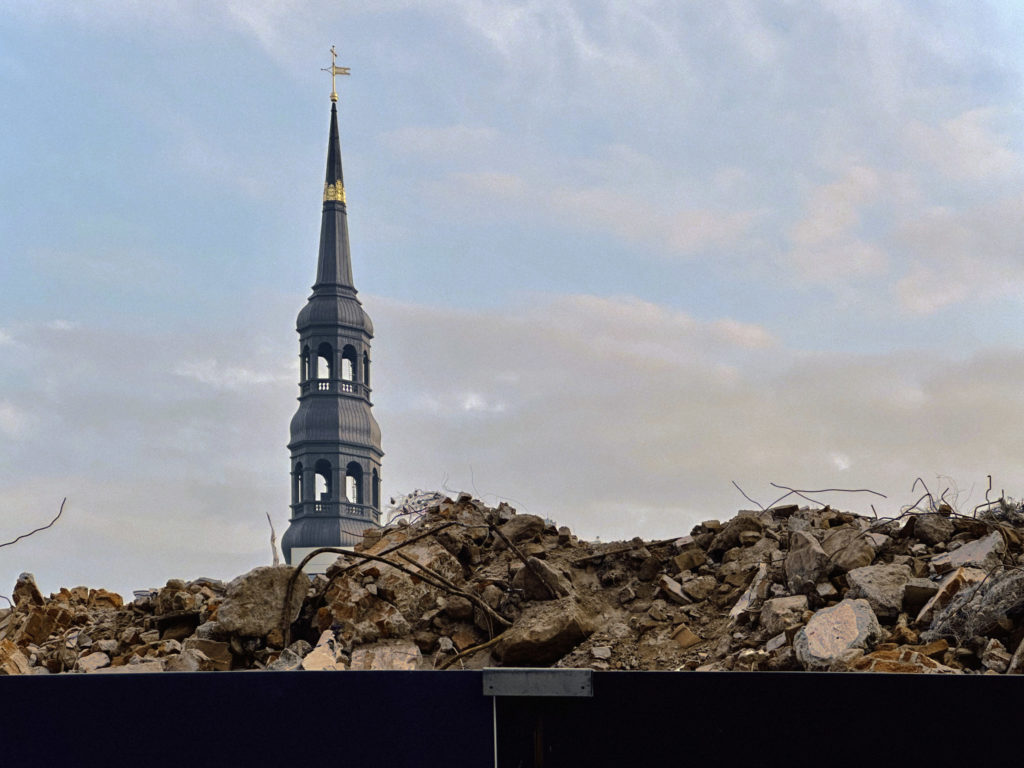
31.03.2024, photography, 2024
March 19 to March 26, 2024

1874 – 2024, photography, 2024
October 3 to October 10, 2023
Touching In The Future, 2023
July 25 to July 31, 2023

Living Monuments II, Performance and video installation, 2022 – 2023
June 20 to June 27, 2023
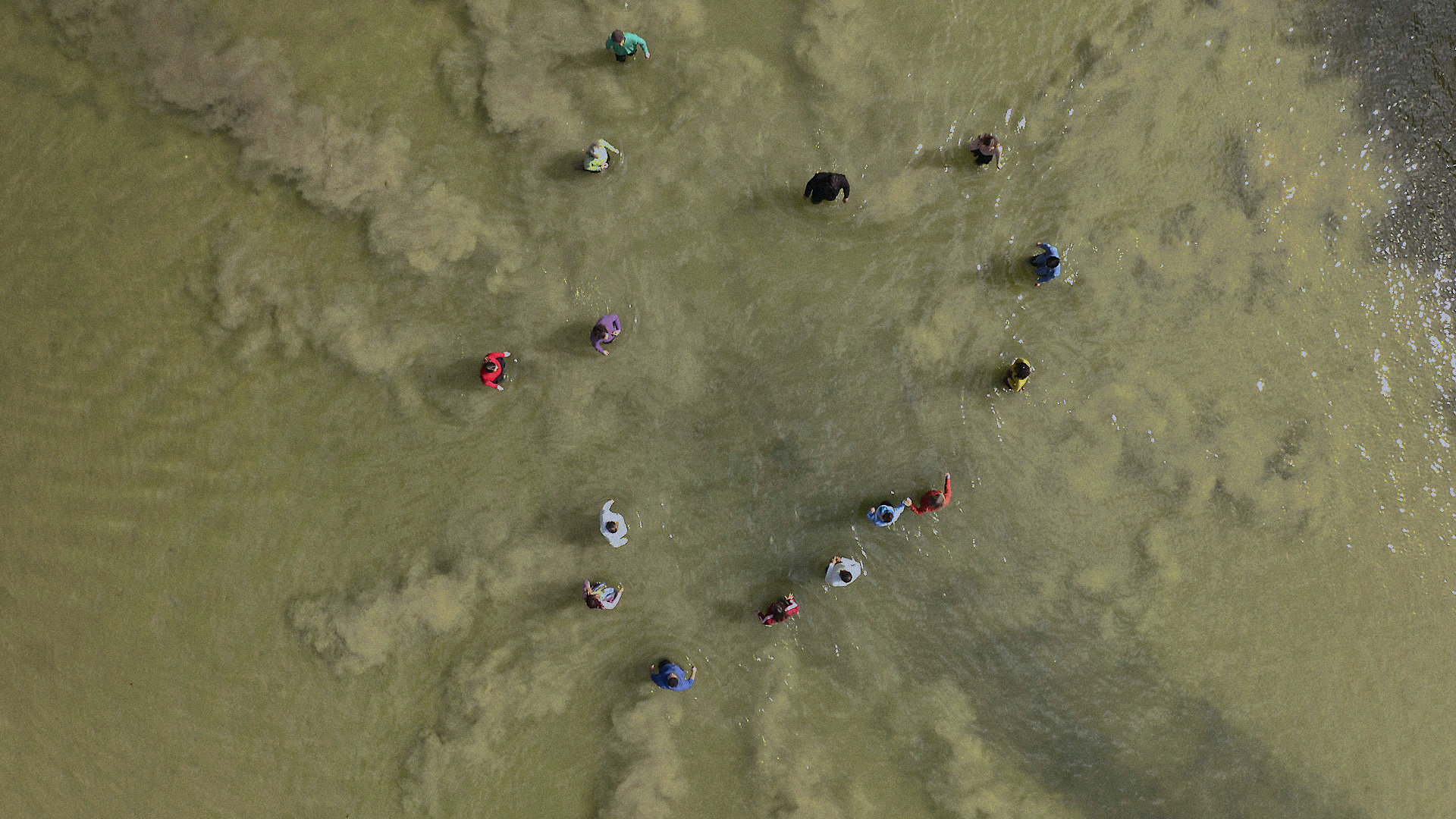
Living Monuments II, Performance and video installation, 2022 – 2023
April 18 to April 25, 2023
April 11 to April 18, 2023
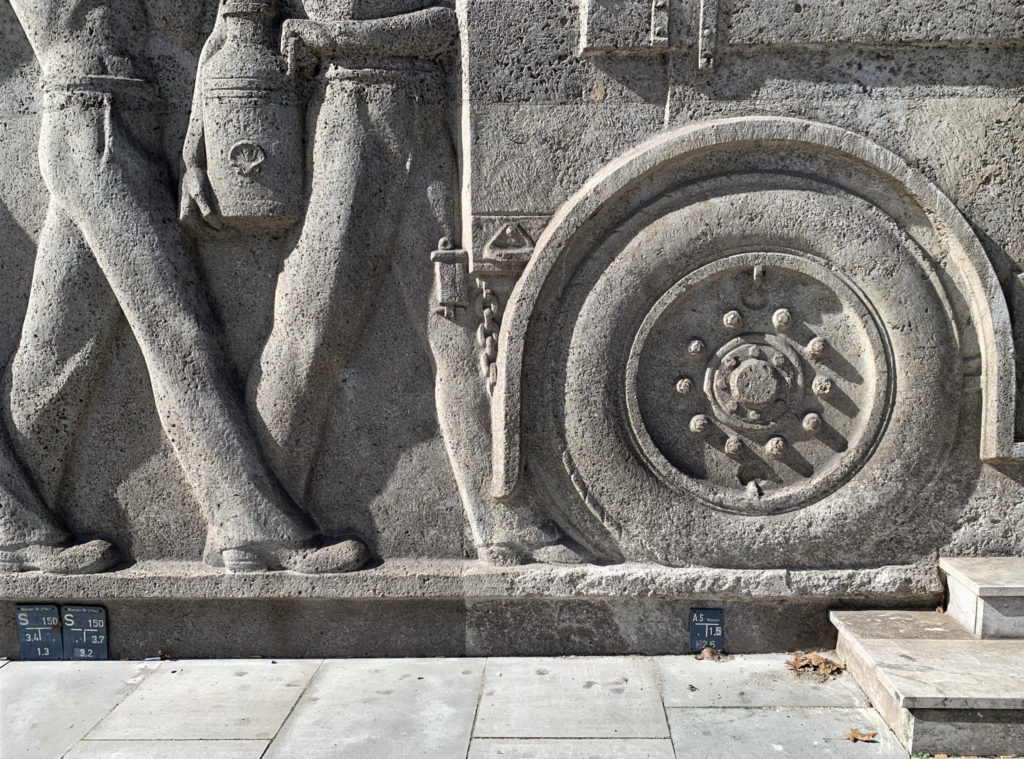
On Easter Sunday at 7:36 am, a loud alarm sounded on the mobile phones of the residents of Hamburg. It was a warning that there was a major fire in the area. Residents were asked to avoid the city, stay at home, and keep their windows and doors closed as dangerous toxins were in the air.
It was difficult to extinguish the fire. It took days until the wind dispersed the toxic clouds that had spread.
I do not know if and how much of the invisible water under our feet, which we walk on every day, was used to extinguish the fire. I had never really paid attention to the small numbered blue ‘water’ signs until now.
April 4 to April 11, 2023

The Light Always Shines Into The Night, photography.
February 7 to February 14, 2023

January 31 to February 7, 2023

January 3 to January 10, 2023
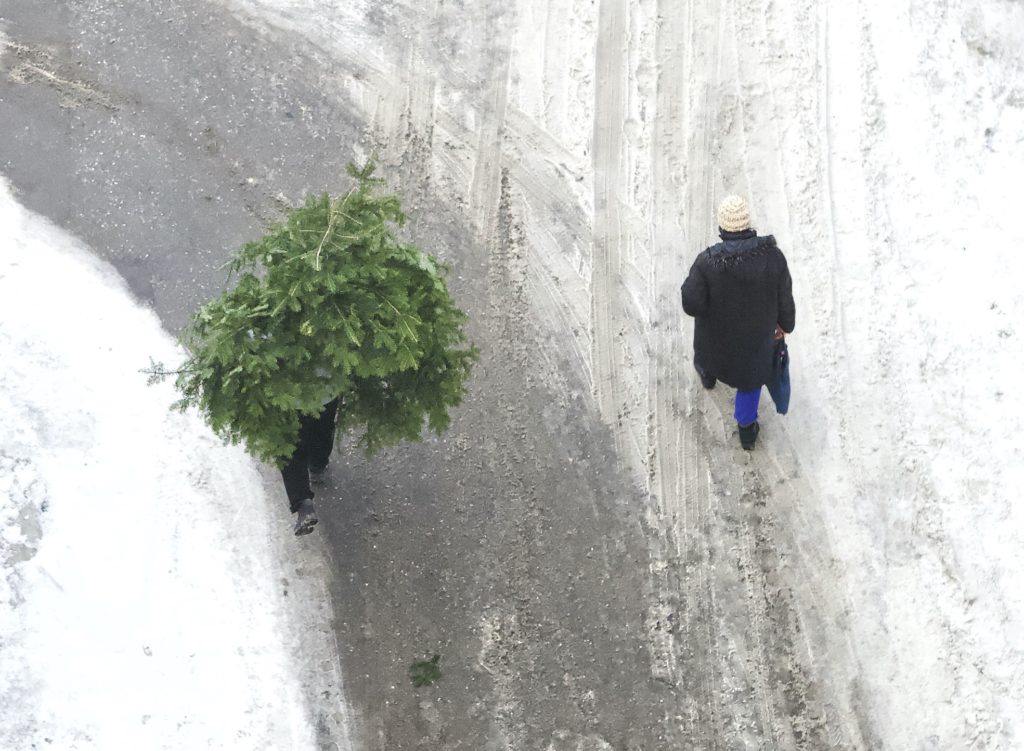
From the photographic series: Iarna pe ulita / LIFE — Performance
December 13 to December 20, 2022
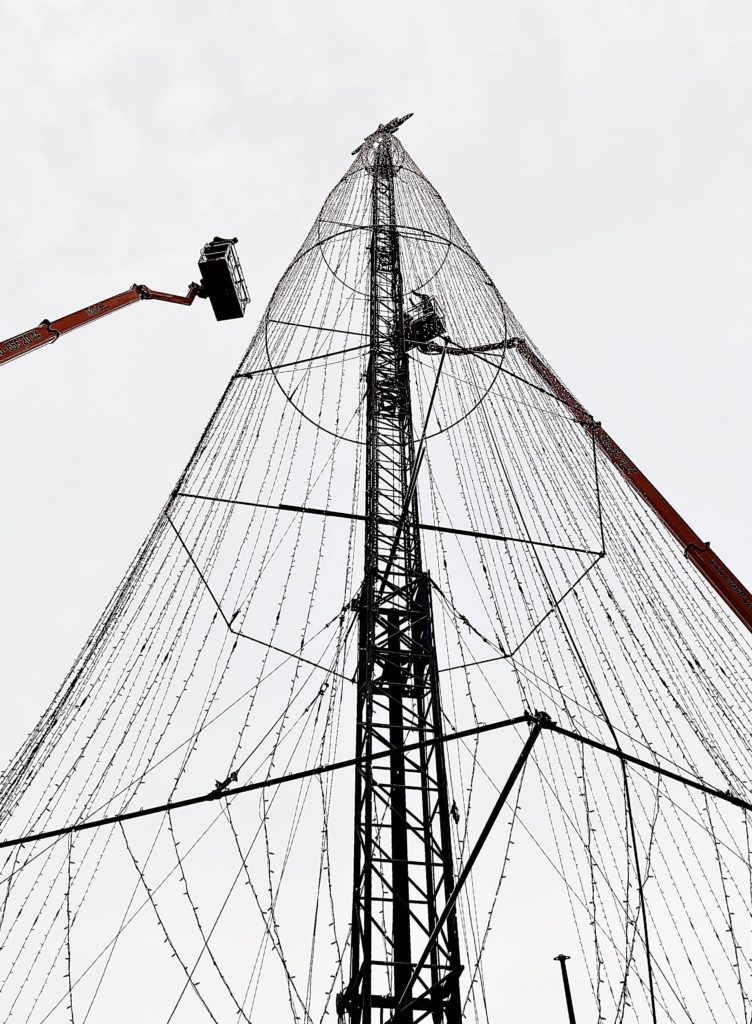
December 6 to December 13, 2022
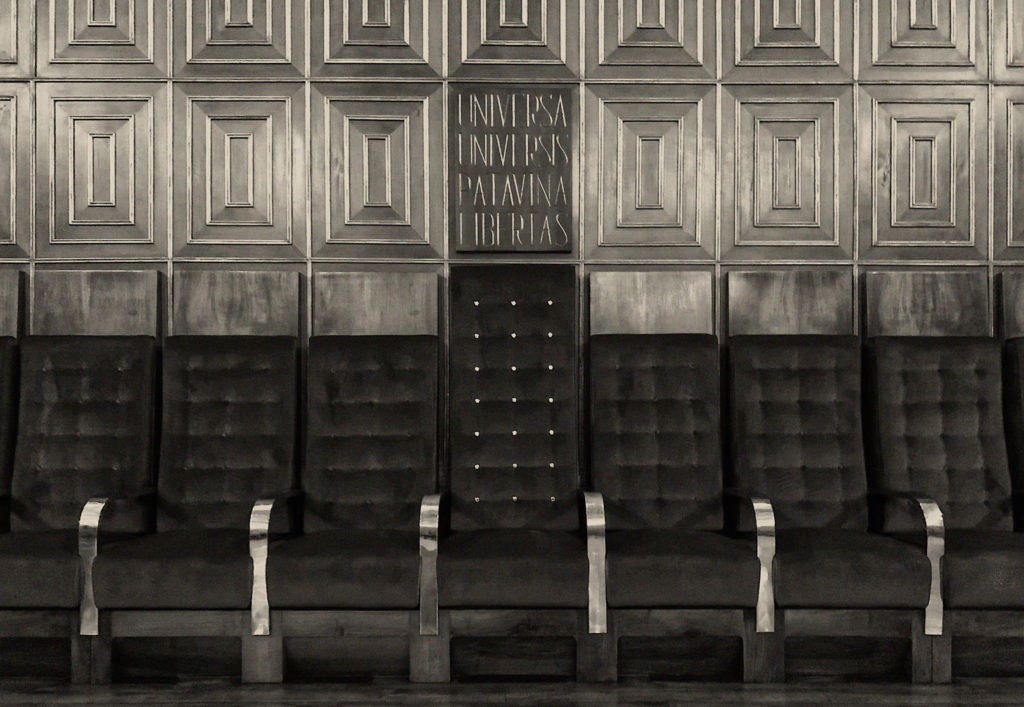
The motto of the University of Padua from its foundation in 1222 until today is Universa Universis Patavina Libertas: The freedom of the University of Padua, everywhere and for all. After 800 years, this humanist idea is more topical and programmatic than ever.
November 15 to November 22, 2022
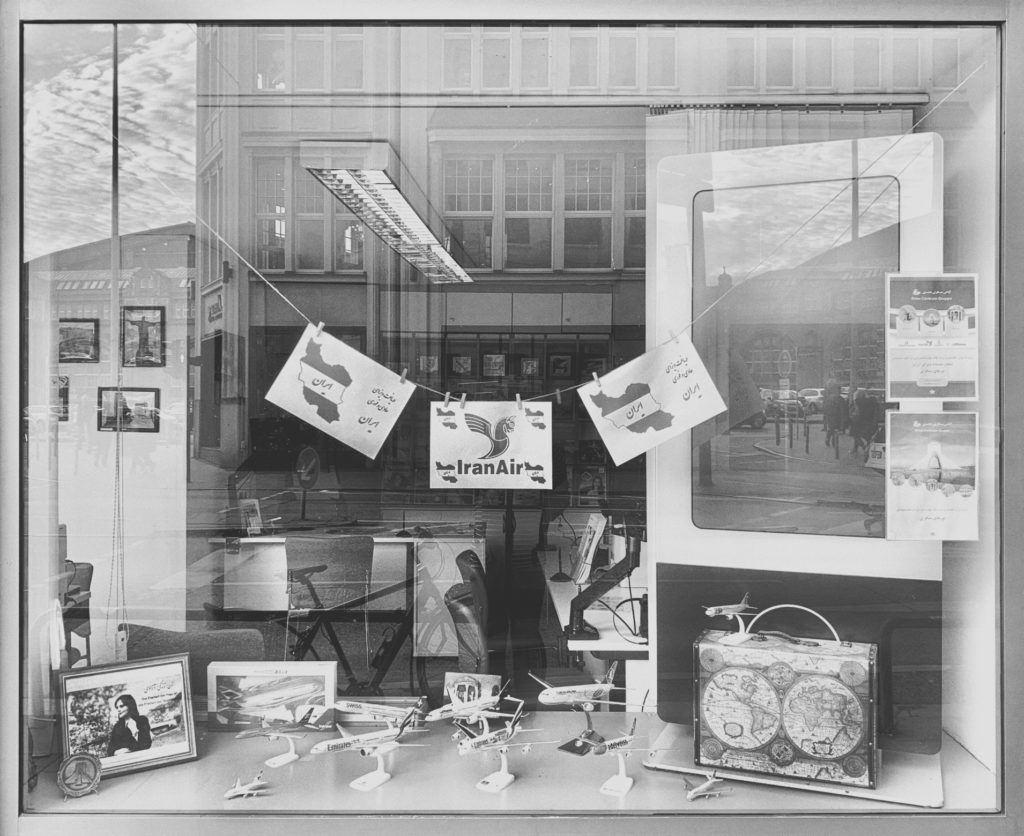
If there is freedom in thought, there is also freedom in the air.
And when it is in the air, it can not remain a dream.
This is what my father taught me when I was 7 years old and caught him listening to Radio « Free Europe ». He explained to me that I shouldn’t tell anyone, because this would cost him his freedom. 12 years later we were together when there was shooting all around us. My father experienced freedom, unfortunately not long enough. He died at the age of 56.
November 8 to November 15, 2022
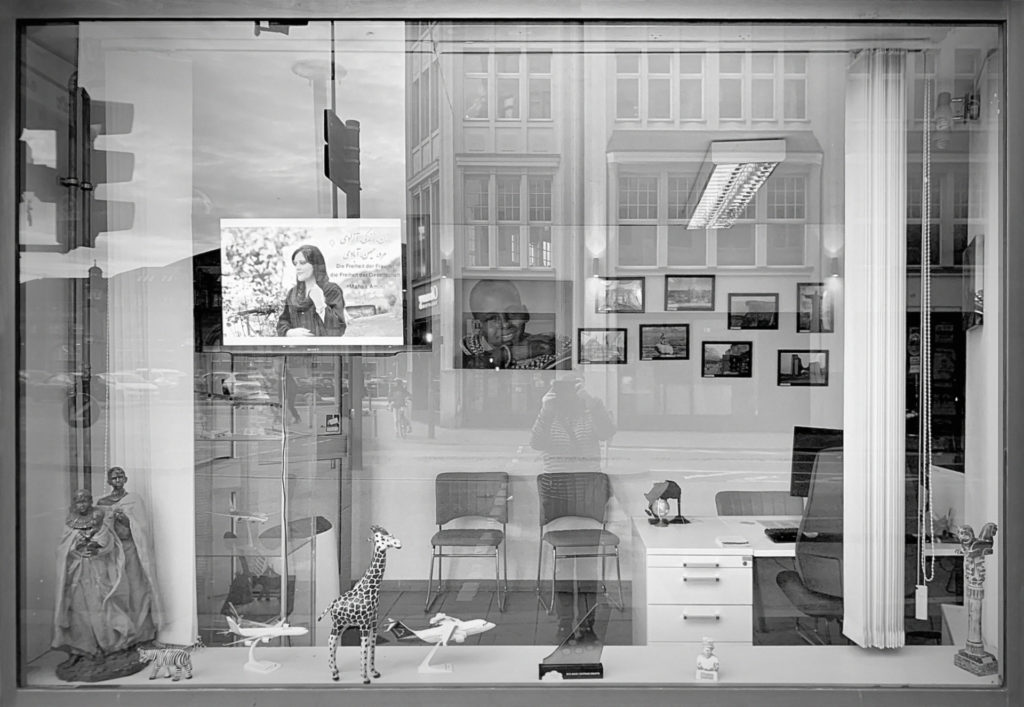
Freiheit der Frau ist die Freiheit der Gesellschaft
The Freedom of Women is the Freedom of Society
July 26 to August 2, 2022

« The Black Square is a recurring motif in several paintings by Kazimir Malevich, the first version of which was shown in an exhibition in 1915. It is considered one of the icons of 20th century painting. Painted with oil on canvas, the painting measures 79.5 × 79.5 cm, and today is in the Tretyakov Gallery in Moscow. After the Russian invasion of the Ukraine in 2022, Roskomnadzor, the Russian Federal Service for Supervision of Communications, Information Technology, and Mass Media, warned explicitly against using symbols that are “ambiguous” — flags of foreign nations (blue–yellow), birds (the white dove), or black squares. Roskomnadzor meticulously monitors all publications of state-sponsored institutions, and the background to these censorship measures is that Malevich’s artwork is being used (and had also been used in the recent past) as a symbol to criticize the censorship agency, and the Black Square itself was painted over another artwork and thus represented the disappearance of art. – Kazimir Malevich « For the world lies, so the thought, and painting lies even more: It only offers colorful deceptions, which, on top of that, are intended to serve those in power. But none of it is real. » The Black Square was already used during the Euromaidan as a sign of protest and resistance. »
Citation in: https://de.wikipedia.org/wiki/Das_Schwarze_Quadrat, translated from the German
June 21 to June 28, 2022
June 14 to June 21, 2022
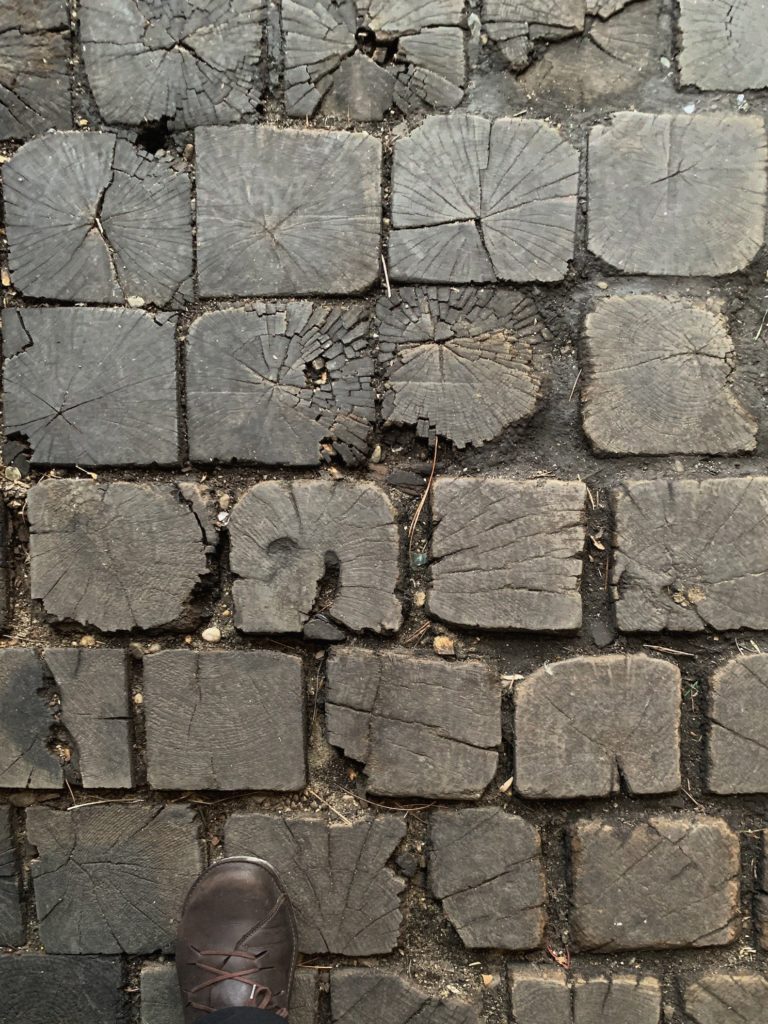
From the photographic series: Materie I ( Materie Prima) Prima Metter, 2022
May 31 to June 7, 2022
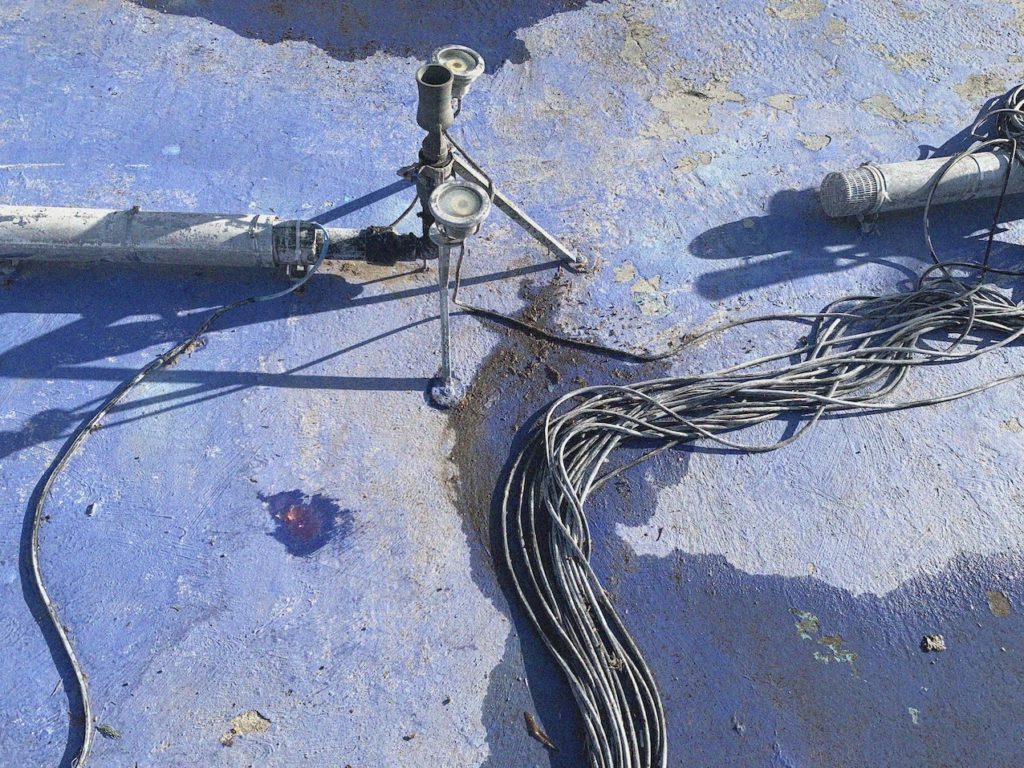
(Sans Matière I / Without Matter I, Ohne Materie I)
From the photographic series: Materie I ( Materie Prima) Prima Metter, 2022
May 24 to May 31, 2022
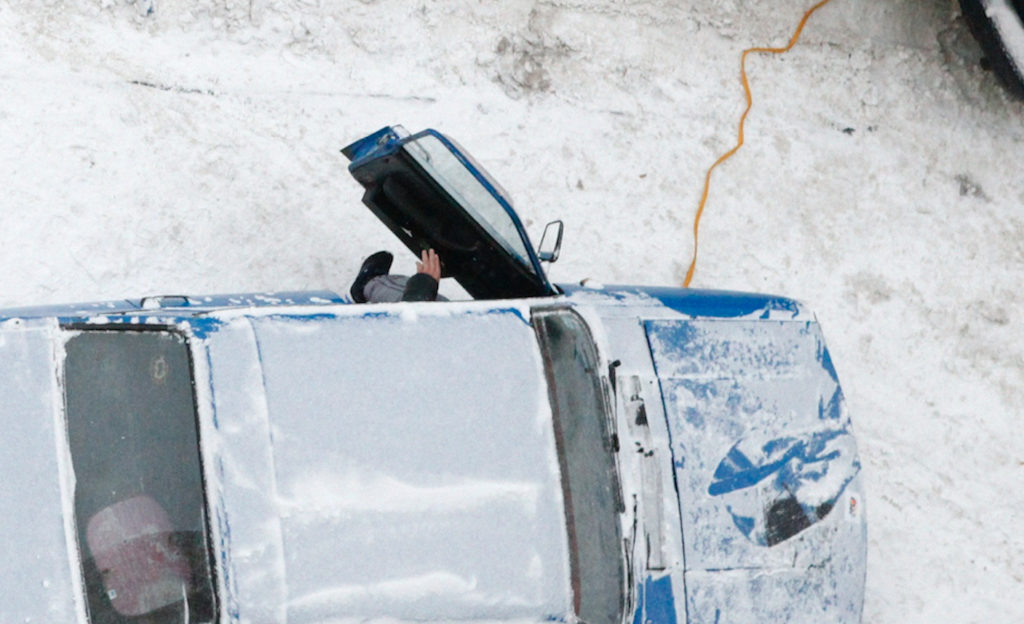
May 17 to May 24, 2022

May 3 to May 10, 2022
April 12 to April 19, 2022
April 5 to April 12, 2022
ハンブルクの空 / Le ciel au-dessus de Hambourg / The sky over Hamburg / Der Himmel über Hamburg.
Double-sided postcard ©. Aurelia Mihai 2022
両面ポストカード ©. アウレリア・ミハイ 2022
March 29 to April 5, 2022
March 8 to March 15, 2022
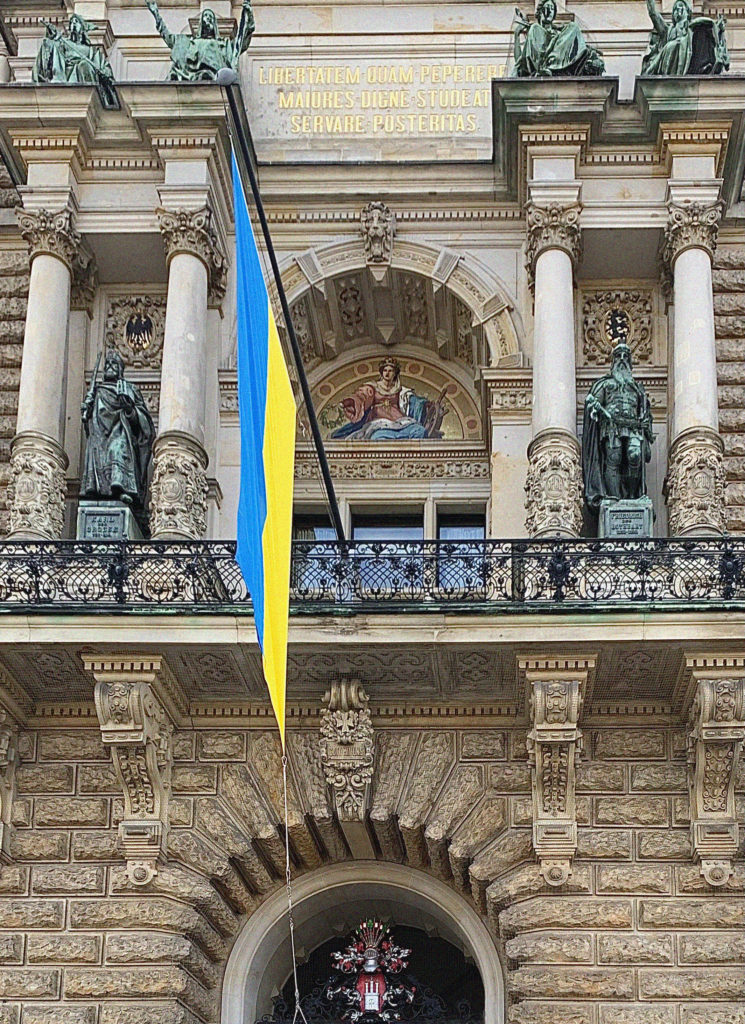
Hamburg, 05.03.2022
February 8 to February 15, 2022

January 4 to January 11, 2022

From the photo series: Histoire du cinéma
(December 2021, – The Concert of the Year / My Concert after one and a half years)
14 December 2021 to 4 January 2022

WAVES OF CARE, a collective art work for TRIGGER
December 7 to December 14, 2021
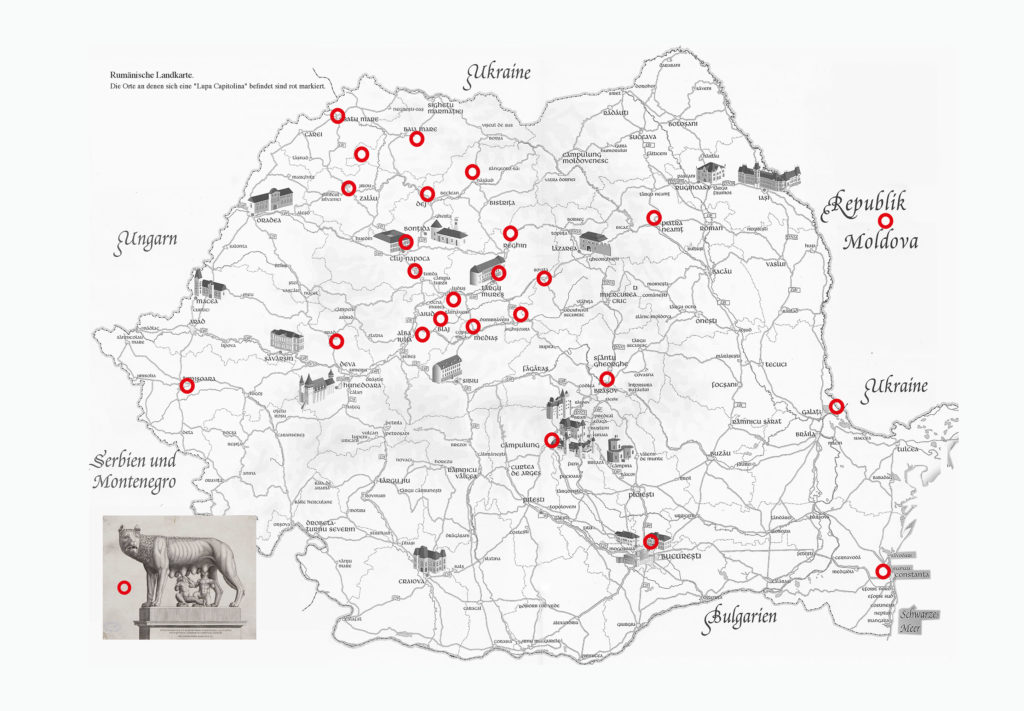
ERASE THE BORDERS a collective art work for Bienal Sur 2021 (Uruguay)
November 30 to December 7, 2021
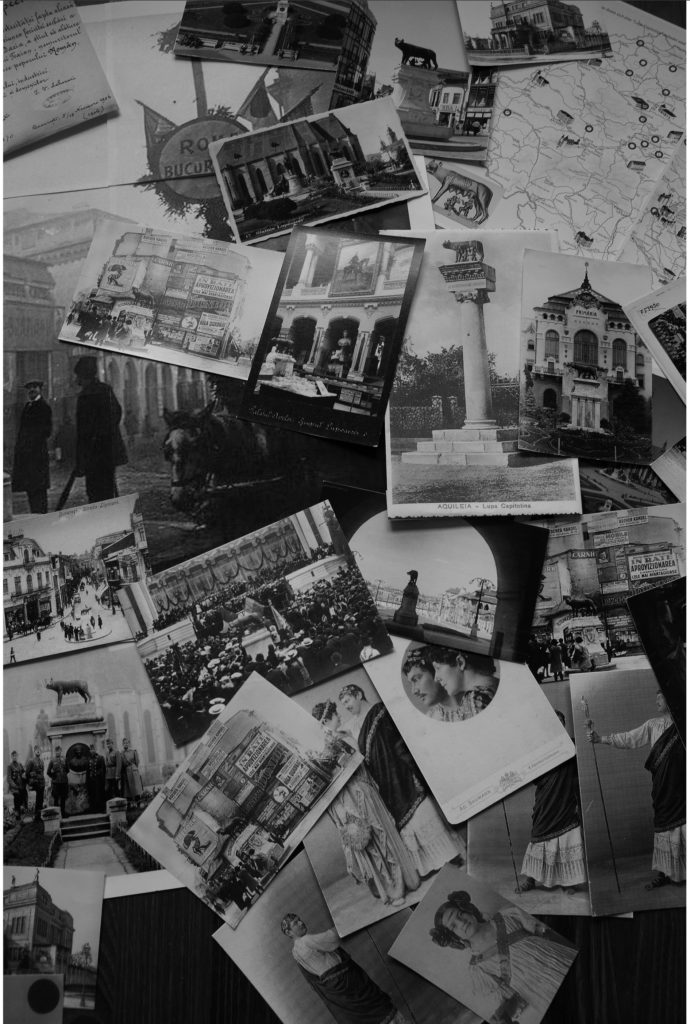
ERASE THE BORDERS a collective art work for Bienal Sur 2021 (Montevideo, Uruguay)
November 23 to November 30, 2021
Erase the borders – a collective artwork for Bienal Sur 2021, Montevideo, Uruguay
November 9 to November 16, 2021

Collage, concept for a light performance, 2003
From the series : New Times, New Meanings, 2021
ERASE THE BORDERS – a collective art work for Bienal Sur 2021 (Argentina)
October 19 to October 26, 2021
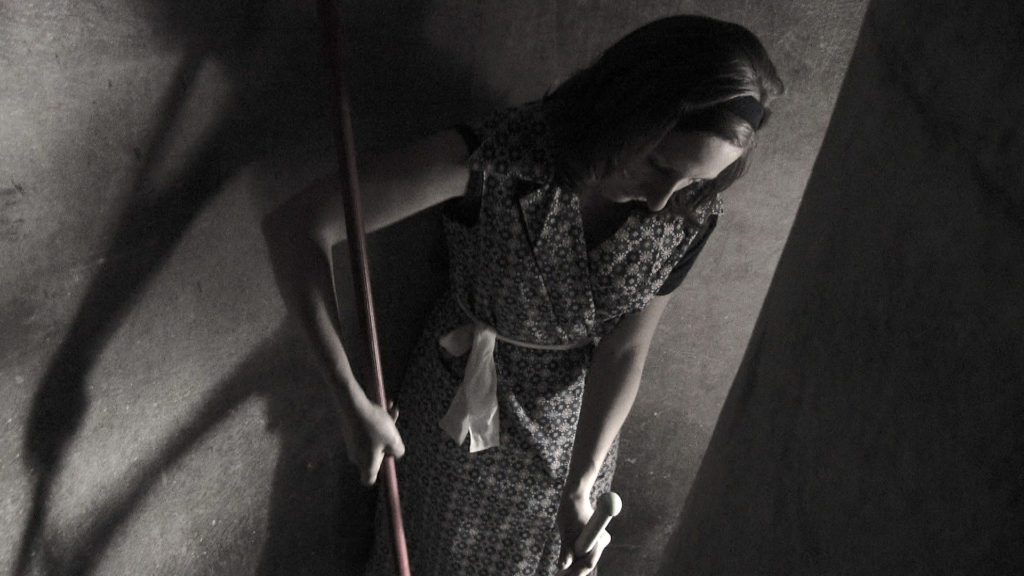
CENTO PIEDI – One Hundred Steps, video installation, 2012
From the series : New Times, New Meanings, 2021
October 12 to October 19, 2021
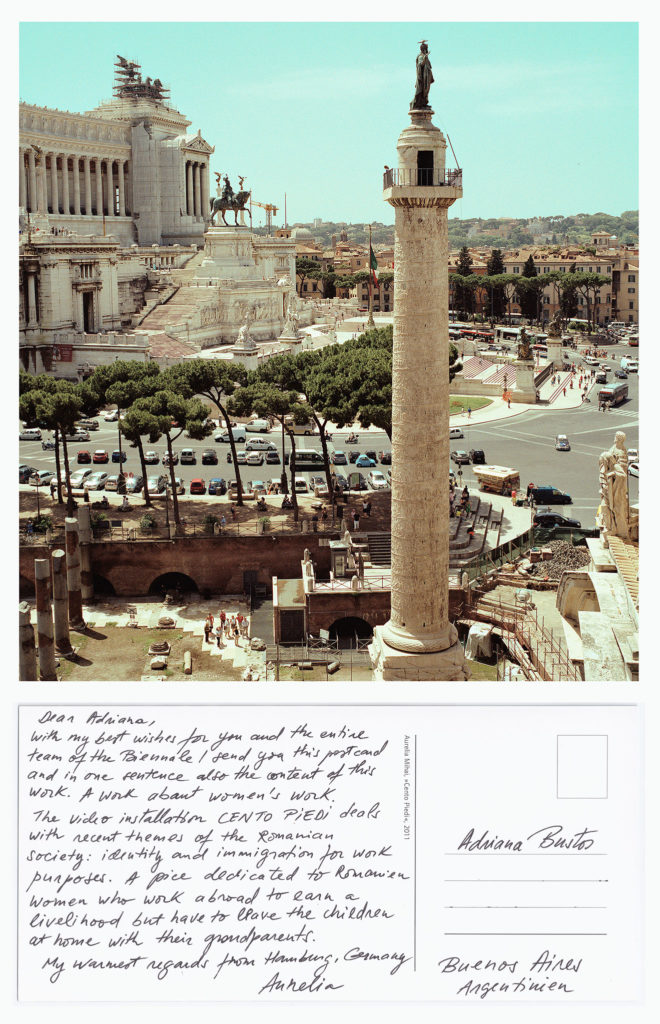
ERASE THE BORDERS – a collective art work for Bienal Sur 2021 (Argentina)
October 5 to October 12, 2021
ERASE THE BORDERS a collective art work for Bienal Sur 2021 (Argentina)
Text excerpt of : LUPA a short film by Aurelia Mihai, 2019, 18:46 min.
(…) “You’ll meet me in Rome, at the Capitoline Museum. But also in front of City Hall in Rome in the state of Georgia, or in Rome in the state of New York. In Cincinnati, Ohio; Washington, D.C.; and in about 55 other places in the world. In Brasilia, Buenos Aires, Benghazi, Boston, Guatemala City, Munich, Nuremberg, Nancy, Narbonne, Paris, Segovia, in the Belgian city of La Louvière, twice in Tokyo, maybe even three times. In the Moldovan capital of Chisinau, in Shahriston in Tajikistan, in Talca in Chile, in the Norwegian municipality of Tonsberg, in La Paz in Bolivia and in Toronto, in the Swedish municipality of Lidingö, in Alexandria, Aquileia, Pisa, Piacenza, Siena, in the New Zealand town of Hamilton, and in Romania in Alba Julia, Blaj, Bucharest, Brasov, Constanta, Cluj, Galati, Ludus, Sacele, Sigisoara, Tirgu Mures, Turda and Timisoara.”
September 28 to October 5, 2021
… şi cel moldovean / … And the Moldavian one
ERASE THE BORDERS a collective art work for Bienal Sur 2021 (Argentina)
September 21 to September 28, 2021
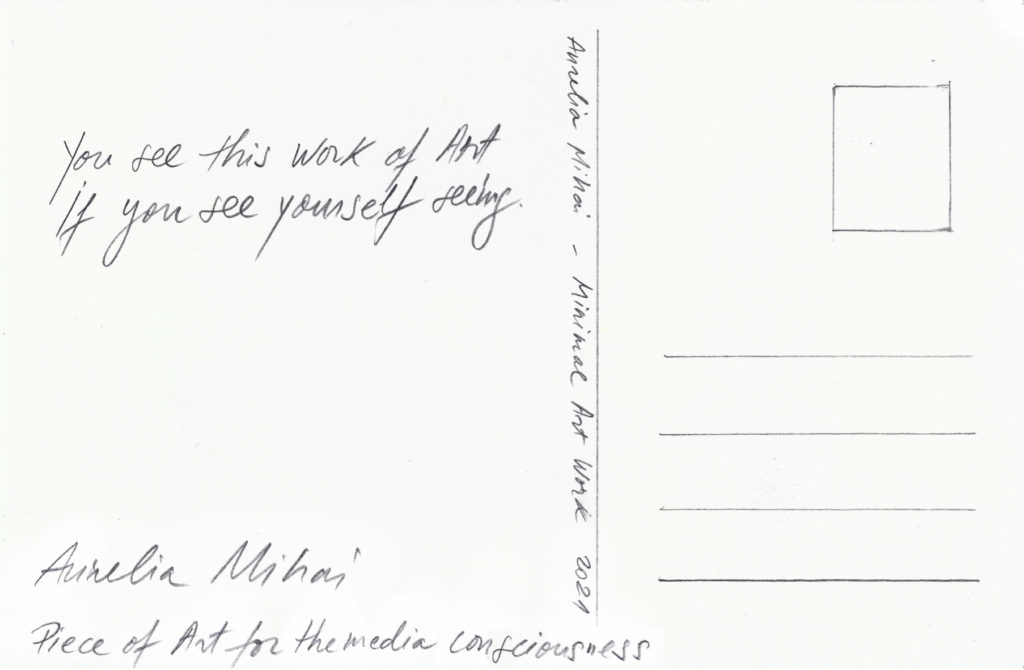
für Adriana – Postcard to Argentina
You See This Work Of Art
If You See Yourself Seeing, – artwork for media awareness, conceptual artwork / Mail art, 2021
September 14 to September 21, 2021
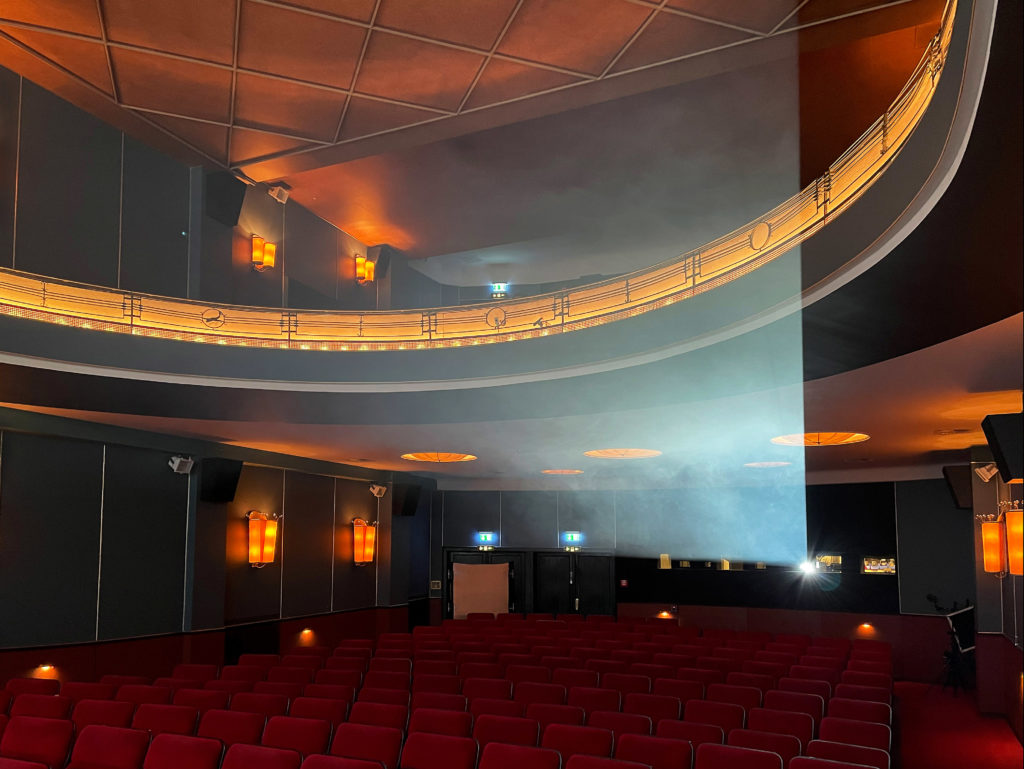
August 3 to August 10, 2021

Performance & Video, 2021
July 27 to August 3, 2021
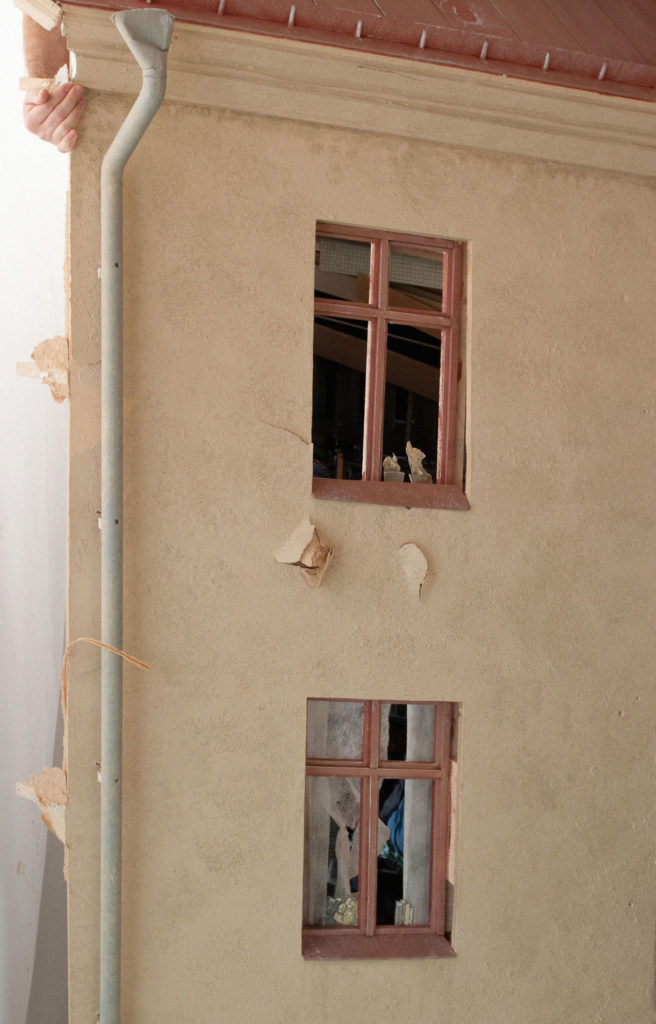
From the series : New Times, New Meanings, 2021
June 22 to June 29, 2021

From the Series : New Times, New Meanings 2021
April 27 to Mai 4, 2021

From the Series : New Times, New Meanings, 2021
April 20 to April 27, 2021
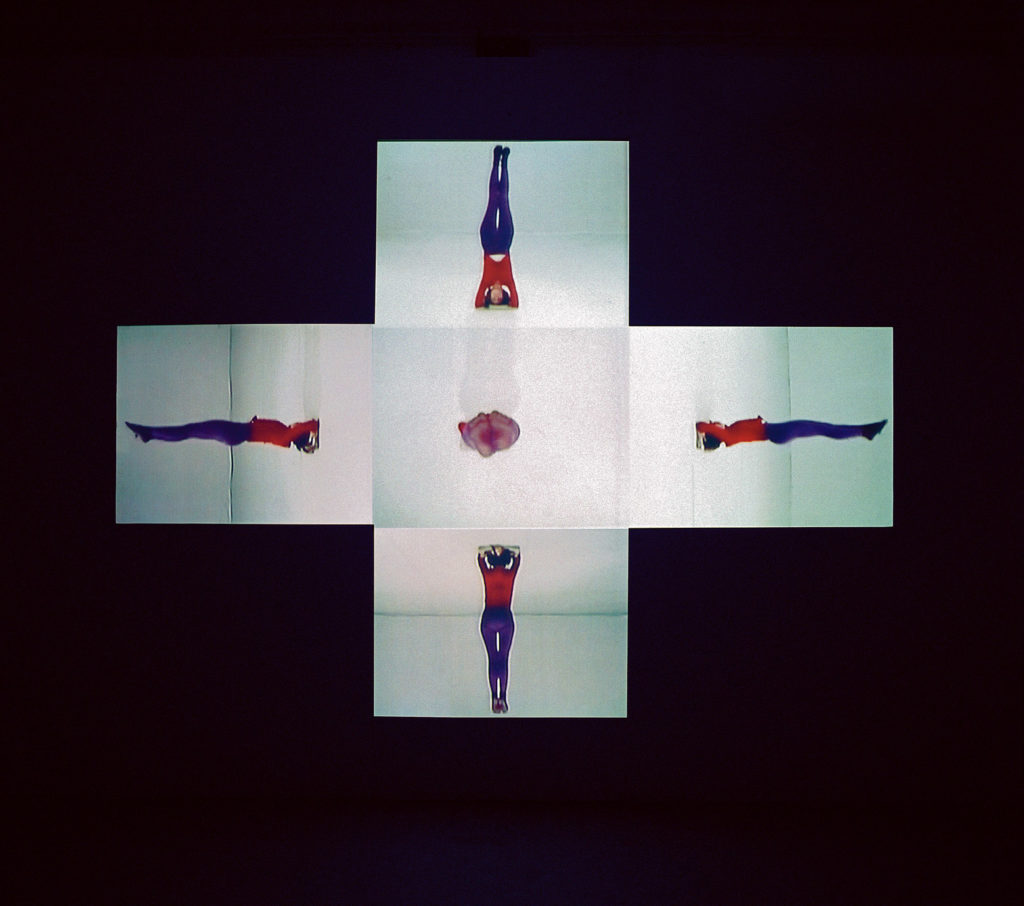
From the Series : New Times, New Meanings
April 13 to April 20, 2021
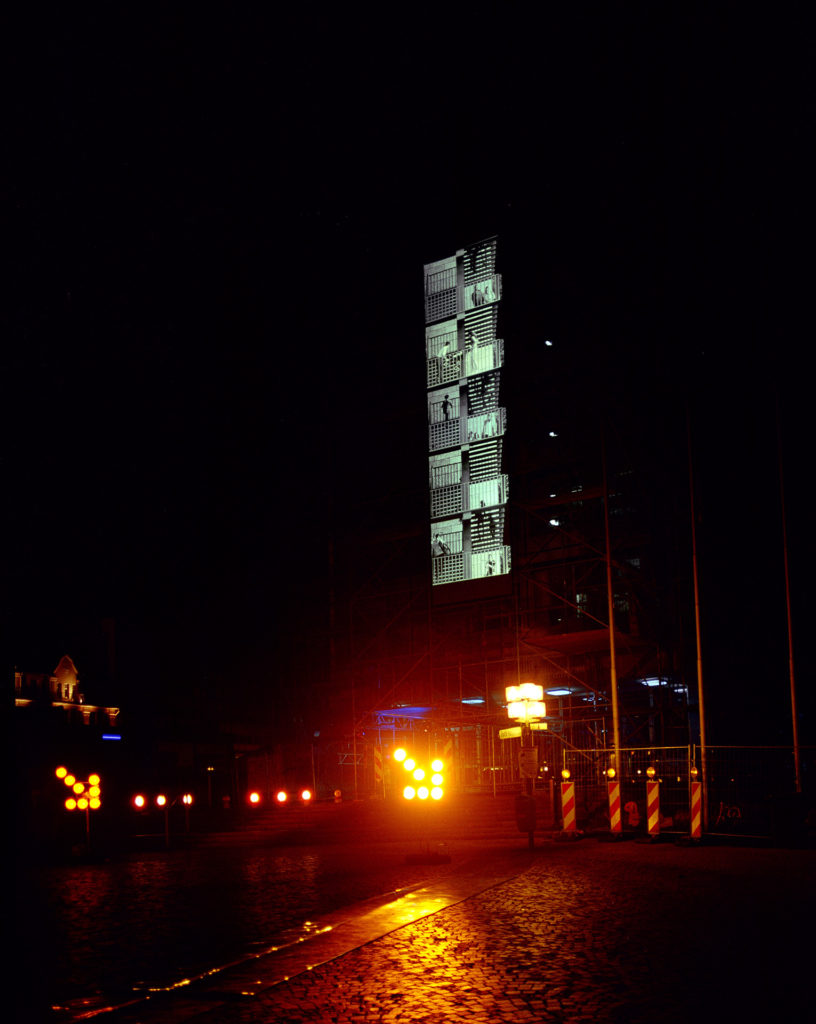
From the Series : New Times, New Meanings
March 16 to March 23, 2021
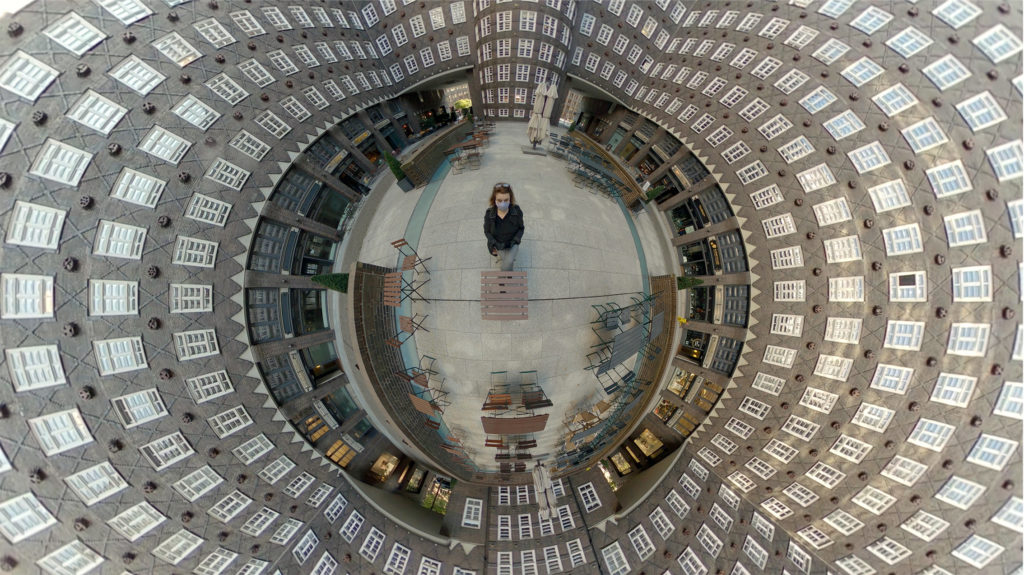
January 5 to January 12, 2021
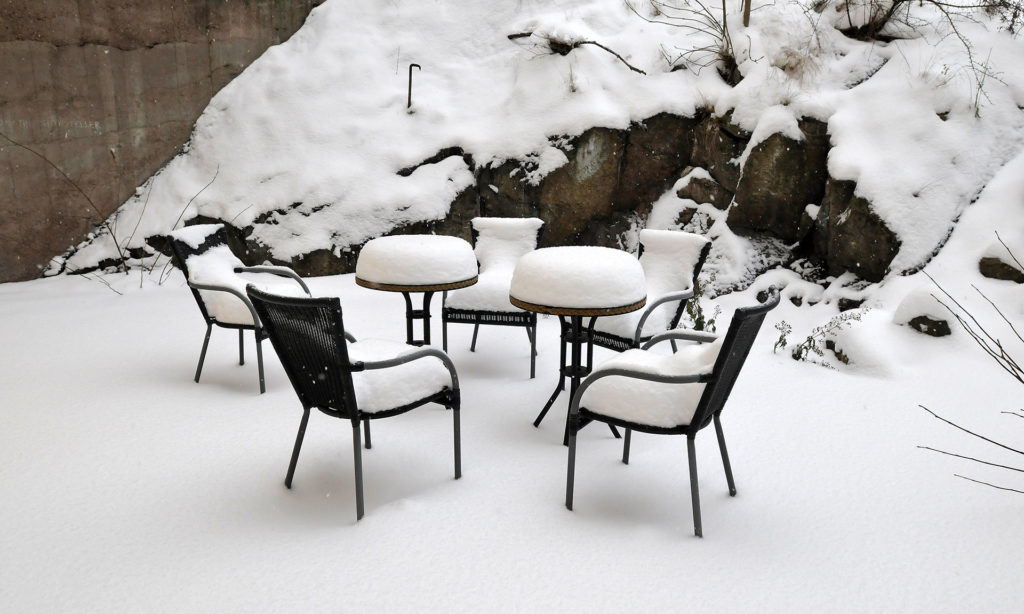
From the Series : New Times, New Meanings
November 10 to November 18, 2020

October 6 to October 13, 2020
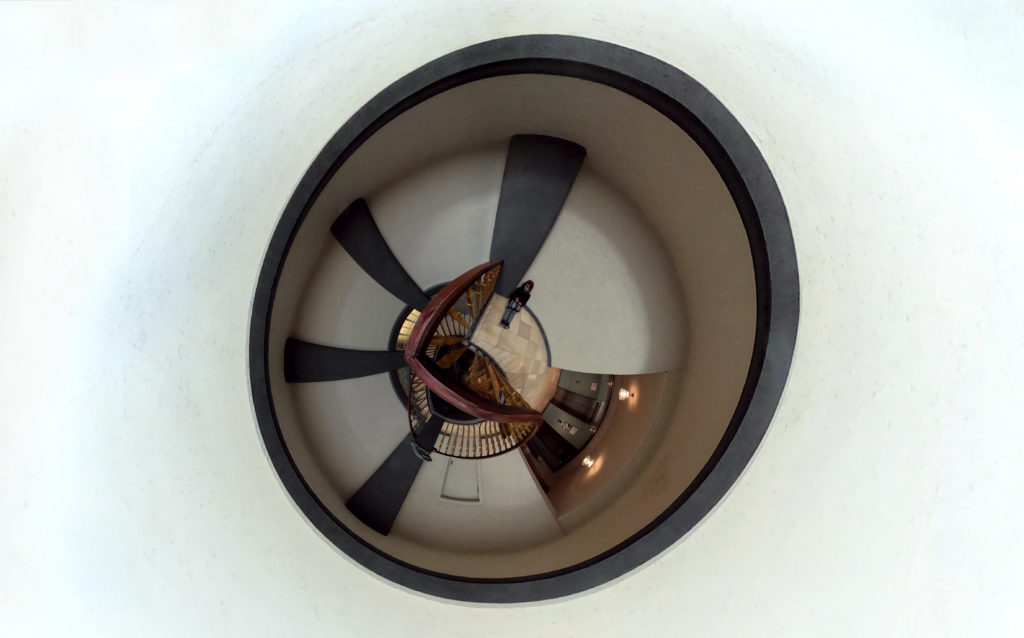
September 1 to September 8, 2020

Red Cinema, Video installation 2009, HD, 6’58, loop, 16:9, Language: Romanian with English subtitles
“(…) Thus we jump through film history from Dracula to Roman Polanski’s Rosemary’s Baby, to which Aurelia Mihai makes explicit reference: in the background one can hear radio news from 1969, which one can infer from reports on the moon landing and the murder of Sharon Tate (Polanski’s wife and the leading actress in Dance of the Vampires). The cinematic horror is suddenly overlaid with a true incident and ultimately ties in with contemporary political history, which is communicated via the radio in the form of the Romanian dictatorship. The cinematic, fictional horror shifts into an image of everyday life in the Romanian dictatorship, and vice versa: depending on where one enters the ongoing story in the loop, it is being told either chronologically or as a flashback. Aurelia Mihai once again critically approaches her own national history in a multilayered penetration of art, film, and contemporary history.”
REINHARD SPIELER
Text excerpt of : Roads to (Hi)Stories, On Aurelia Mihai’s Video Art,
DISTANZ Verlag, Berlin, 2017
August 4 to August 11, 2020
SCENE — 2020, HD stereo, 4’13
June 2 to June 9, 2020
Video 2020, 1’34
May 12 to May 19, 2020
3 min excerpt of Private Rooms a video installation in 2 parts by Aurelia Mihai, 2000, 31’48
It seems to describe our actual situation despite of being 20 years old.
This Is the Hour – HERMETHIK & OPENING, DISCIPLINE & POETRY – ASPECTS IN THE WORK OF THE VIDEO ARTIST AURELIA MIHAI
Siegfried Zielinski / Cologne, March 2004
(…) Aurelia Mihai uses the possibilities offered by digital technology specifically to expand and focus spatio-temporal perception.
In her installation “Private Rooms” (2000), for example, she confronts the observer with approximately fifty different rooms, private spaces for living and working. There is a split projection of these views in two different exhibition rooms and on two screens simultaneously. The first has an observing, almost documentary character and the rooms and their inhabitants are presented in their uniformity and disparity. In the second projection, a single person invades the dispersed homogeneity and visits all the different rooms. Thus the private space is occupied by an artificial figure, and this interloper transforms it into a quasipublic sphere.
The second level is more intricate. Access to this level demands concentration and attention. It is not possible for the casual passer-by, which is the characteristic behavioural mode of the majority of visitors to galleries and museums, including encounters with art that is produced by time-based media. By way of superficial, scarcely perceptible details, Aurelia Mihai invests her space-time images with subtle poetry. Miniscule details of the image are just as important to her as the complete tableau and her camera describes each of them with sensitivity. (…)
Siegfried Zielinski
Text excerpt of : AURELIA MIHAI, FROM PLACE TO TIME & TIME TO PLACE, Revolver, Archiv für Aktuelle Kunst, 2004.
Aurelia Mihai (b. in Bucharest, Romania) is an artist and filmmaker who lives and works in Hamburg, Germany. Since 2009 she has been teaching at the Braunschweig University of Art.
Aurelia Mihai´s work brings clashing cultural, social, and political phenomena and events into focus. In her work Aurelia Mihai links aspects of documentation and research with fiction in a multifaceted way. Thus legends and historical incidents are frequently the occasion or the starting point for a socio critical examination of the present.
Aurelia Mihai is the recipient of numerous prizes and scholarships for her video works including the E STAR Scholarship from the Institute for Electronic Arts, Alfred University, New York, the Villa Aurora Scholarship, Los Angeles, USA, the EMARE Scholarship Hull Time Based Arts, Kingston upon Hull, UK , EuRegio Art Prize, Germany–The Netherlands, German Academy Villa Massimo, Rome, Italy, IASPIS, International Artist Studio Programme Stockholm, Sweden.
Her works have been exhibited internationally and have been seen at numerous festivals, including: Falckenberg Collection, Deichtorhallen Hamburg, Städtische Galerie Wolfsburg, K21 Düsseldorf, Kunsthalle Mainz, Martin Gropius Bau, Berlin, Hamburger Kunsthalle, “The Worldly House“, Documenta 13, Kassel, Germany, the Chelsea Art Museum, New York, USA, Centre Pompidou, Paris, The Louvre Auditorium, Louvre Museum, Paris, Centre International d’Art Contemporain de Pont Aven, France, Cobra Museum in Amstelveen, The Netherlands, Cass Gallery – Central House, London, Sheffield Institute of Arts Gallery, Centre of Contemporary Art and the Nature World, Plymouth, UK, National Museum of Contemporary Art MNAC, Bucharest, Periferic 8, Biennial of Contemporary Art, Iaşi, Romania, Museo Nacional Reina Sofia, Madrid, Spain, Latvian Centre for Contemporary Art, Riga, Latvia, MACRO Rome, PAN – Palace of the Arts of Naples, Italy, Landesgalerie Linz, Salzburg Museum, Austria, MOCAK Museum of Contemporary Art, Krakow, Poland, Kunstmuseum Thurgau, Switzerland, Cinéma du Musée, Montreal Museum of Fine Arts, Canada and Museu Correios, Brasilia, Brasil.